by Adam Regn Arvidson, ASLA
www.treeline.biz
Strategic communications is, perhaps, a lot like landscape architecture. Both are focused on understanding a client and then creating something specifically for them. Both rely on long-cultivated talent to create successful outcomes. Neither is well-understood by the general population.
Christina Marshall has been practicing strategic communications (public relations, marketing, branding, media planning) for more than 20 years. Her company, Toronto-based Vivant Communications, has done work for the provincial government and various professional organizations. More recently, Christina has been working with landscape design firms. I asked her what it’s like to deal with us, and how the planners, sketchers, artists, designers, and detailers out there can improve our written message.
Tell me about your company, Vivant Communications.
My consultancy was formed five years ago. I’ve developed it in such a way that it can meet the needs of a variety of different clients by putting together teams of accredited strategic communications professionals — to provide clients with more horsepower, so to speak. I work from my home and so do many of the other accredited consultants, so we don’t need to charge the premium overhead that often accompanies senior expertise.
So would you describe this as a public relations collective? Do you have a set of professionals that you regularly draw upon?
Because I’ve been involved in public relations professional societies, I’ve had great opportunities to work with some of the leading professionals in Canada, and several of them do run their own consultancies. So when they have something that comes up they’ll ask if I would participate, and the same goes when I have an inquiry from a client. For example, the project may be too large for one senior consultant so I can bring in other consultants, or perhaps the client wants something different and I know that one of my colleagues has really good media connections in that area, then I’ll ask if that person will join the team as well. Also, if I ever have any questions, anything I want to discuss, there is basically a team of experts that I can just pick up the phone and talk to.
So what’s your connection to landscape design and landscape architecture?
I’ve had landscape design clients for about three and a half years now, and one of them referred me to the Association of Professional Landscape Designers (APLD). I was able to do some public relations work with APLD last year, and that was a great fit for me in terms of having some landscape design expertise and also understanding the value and the needs of a professional association.
Do you think that landscape architects and designers are, in general, good at public relations and communications?
Let me put it this way: I have a garden. I’ve done some of my own design with it, and yet I know that a landscape designer would look at what I’ve done through a completely different lens and be able to take it to a different level that I couldn’t possibly do because I simply don’t have the expertise that they have. It’s in the same way that, I think, a public relations professional can help a landscape designer.
Public relations practitioners can typically write extremely well and make sure that it’s written in a way that’s of media interest. Over the years I’ve seen many people do their own attempts at a media release, and typically they aren’t written in a way that will get media attention. So in that regard, I do think that a communications professional adds value for landscape designers that are looking to promote their business within specific target areas.
I think that looking at it from a lay perspective, from a non-landscape designer’s perspective, enables one to see the things that are really interesting, things that might seem really quite basic to a landscape designer. Sometimes less in-depth knowledge can help bring out the real nuggets of interest and relevance for the public, so that people understand that landscape design is not just eye candy, and that there are very functional roles that landscape design can play: bringing people together, and environmental contributions like dealing with storm water runoff.
It’s also really hard for people to have time to run their own landscape design business and to do the public relations.
I think landscape design professionals are often viewed in the general public as either arborists (“What’s wrong with my sick tree?”) or contractors (“What do you do in winter?”). How do you combat some of those perceptions to the press or to the general public?
Well, one of the best ways to help people understand things is through stories. So one of the things that I’ve done for a client is that I’ve written stories that are specific to the geographical area that they live in. They describe things that would be relevant to their audience, as opposed to something that applies to a totally different type of environment and geography. It has to be relevant in their day-to-day life — that’s the key to it.
Also, think of the “what’s in it for me?” Any type of story needs to answer the “so what” question for the reader, in a way that’s an engaging story. Use writing that is short, concise, and to the point, without some of the technical terminology that can be part of a landscape designer’s language, like for example, “plantings.” Well, general public doesn’t talk about “plantings.” They use different terms so you need to translate it back into the language of the reader.
Have you enjoyed working with landscape design professionals?
It’s been an honor working with landscape design professionals. I love working with people that are committed to excellence and professionalism and really taking something to the next level, and that’s what I’ve consistently found with the people that I’ve worked with. I think that what they do is really important, and it’s been an honor to be able to help get that message out to the different stakeholders that need to know this, whether it’s the public, municipalities, or potential funders.
Published in Blog


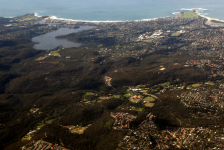

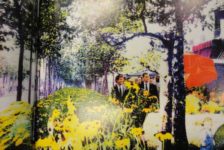
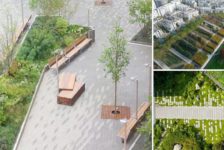
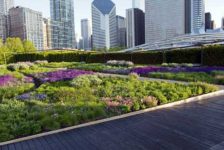

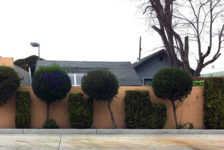
Kevin J. Gaughan
Adam, thank you for this great interview.